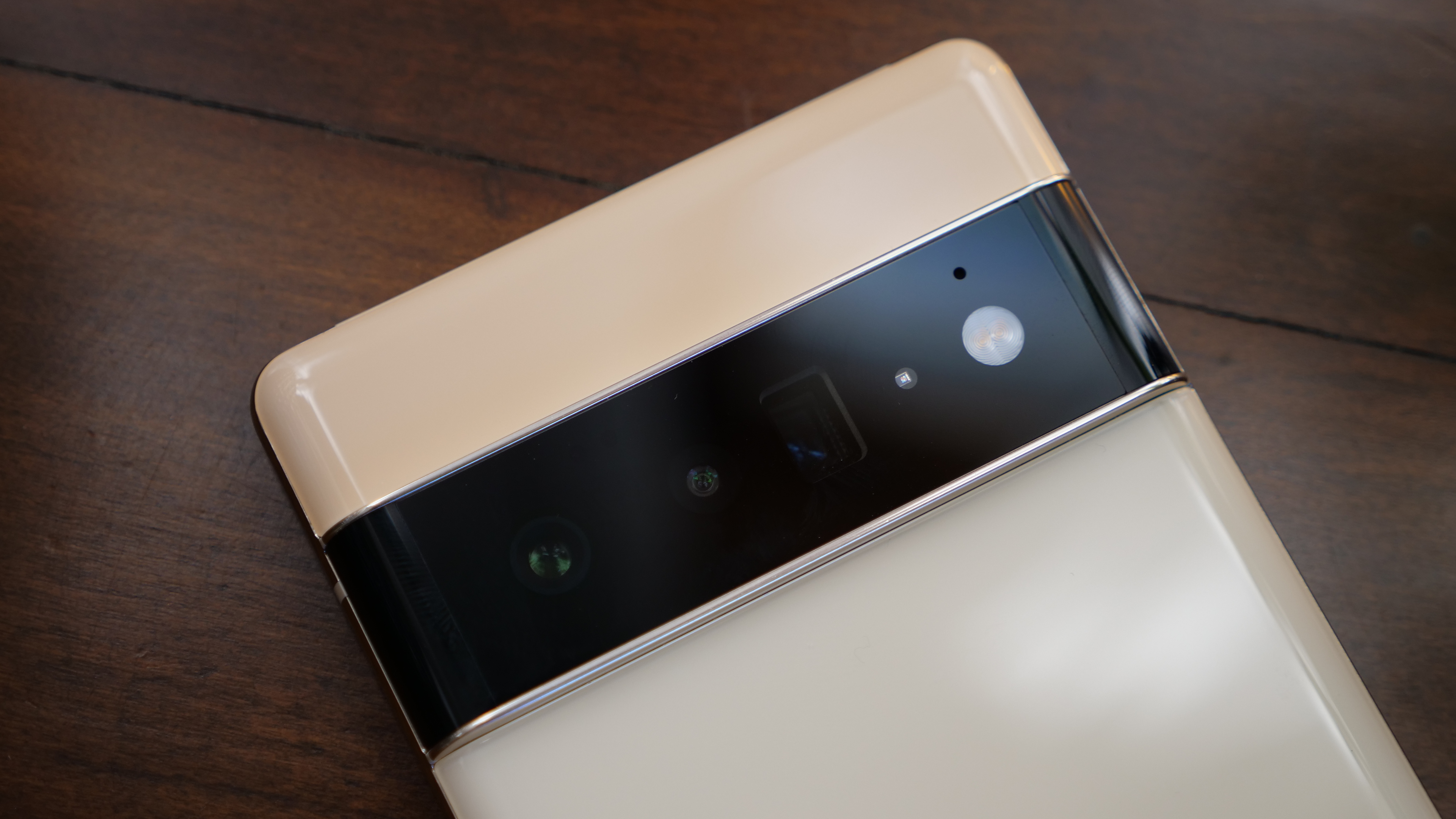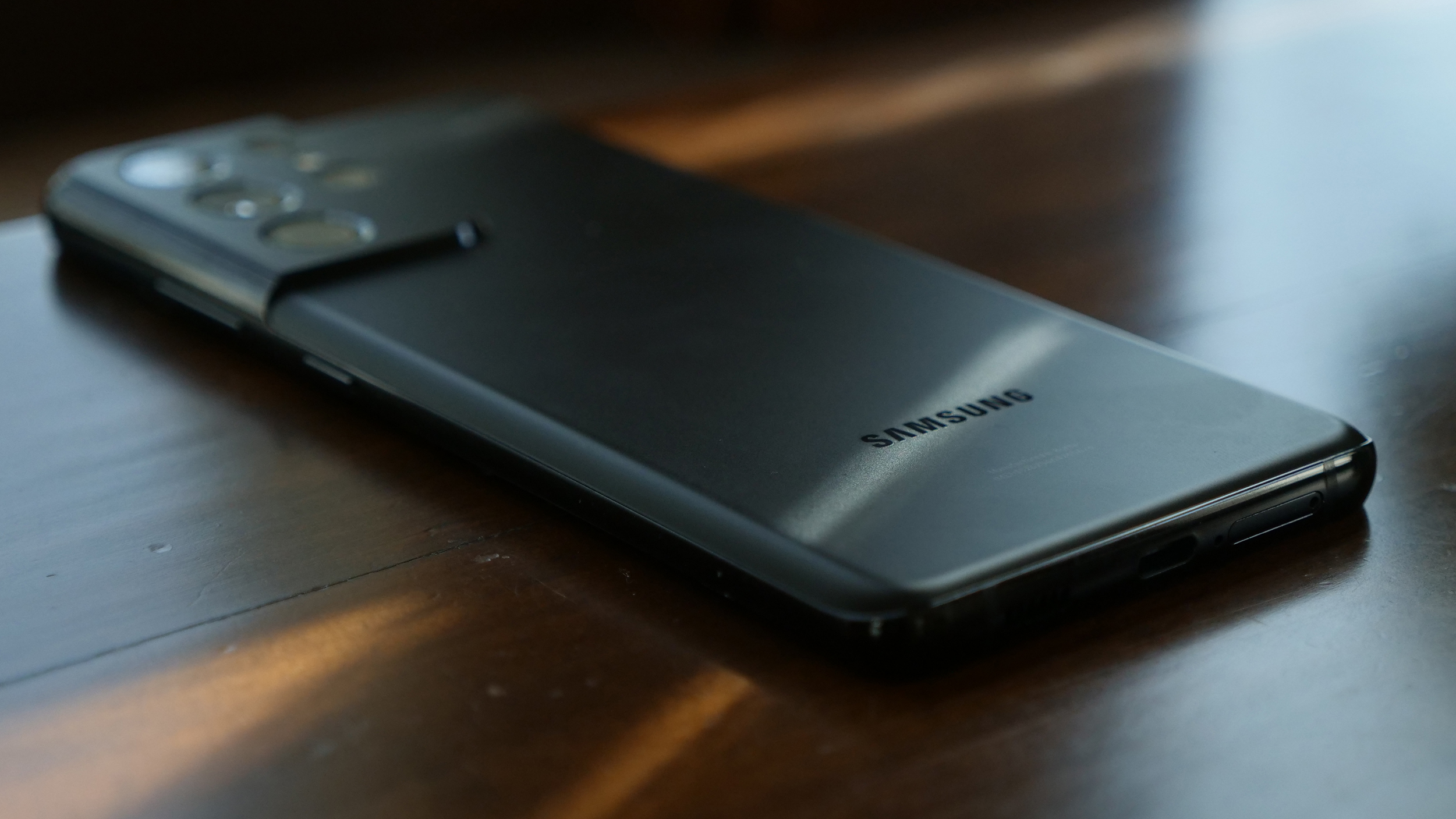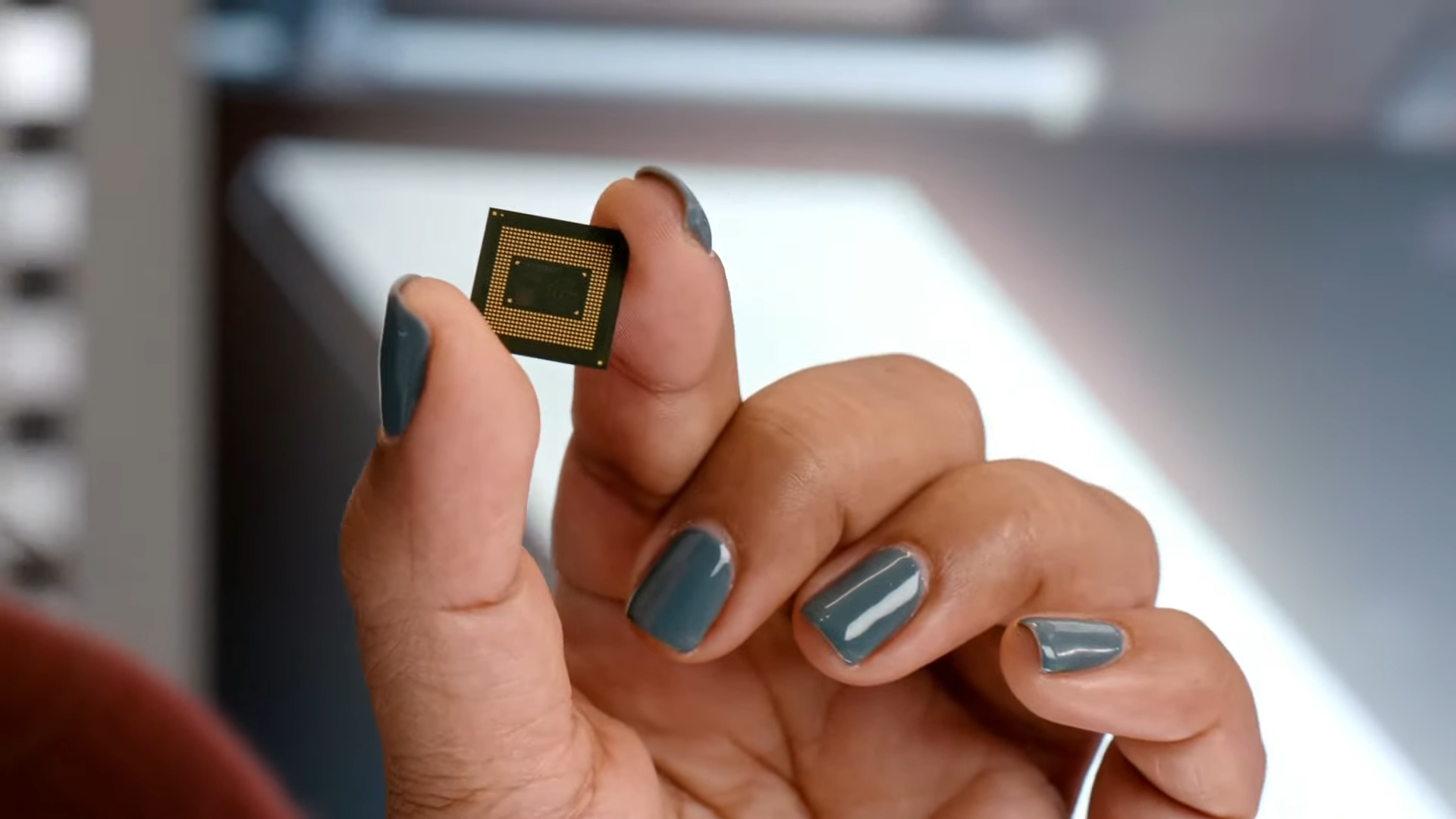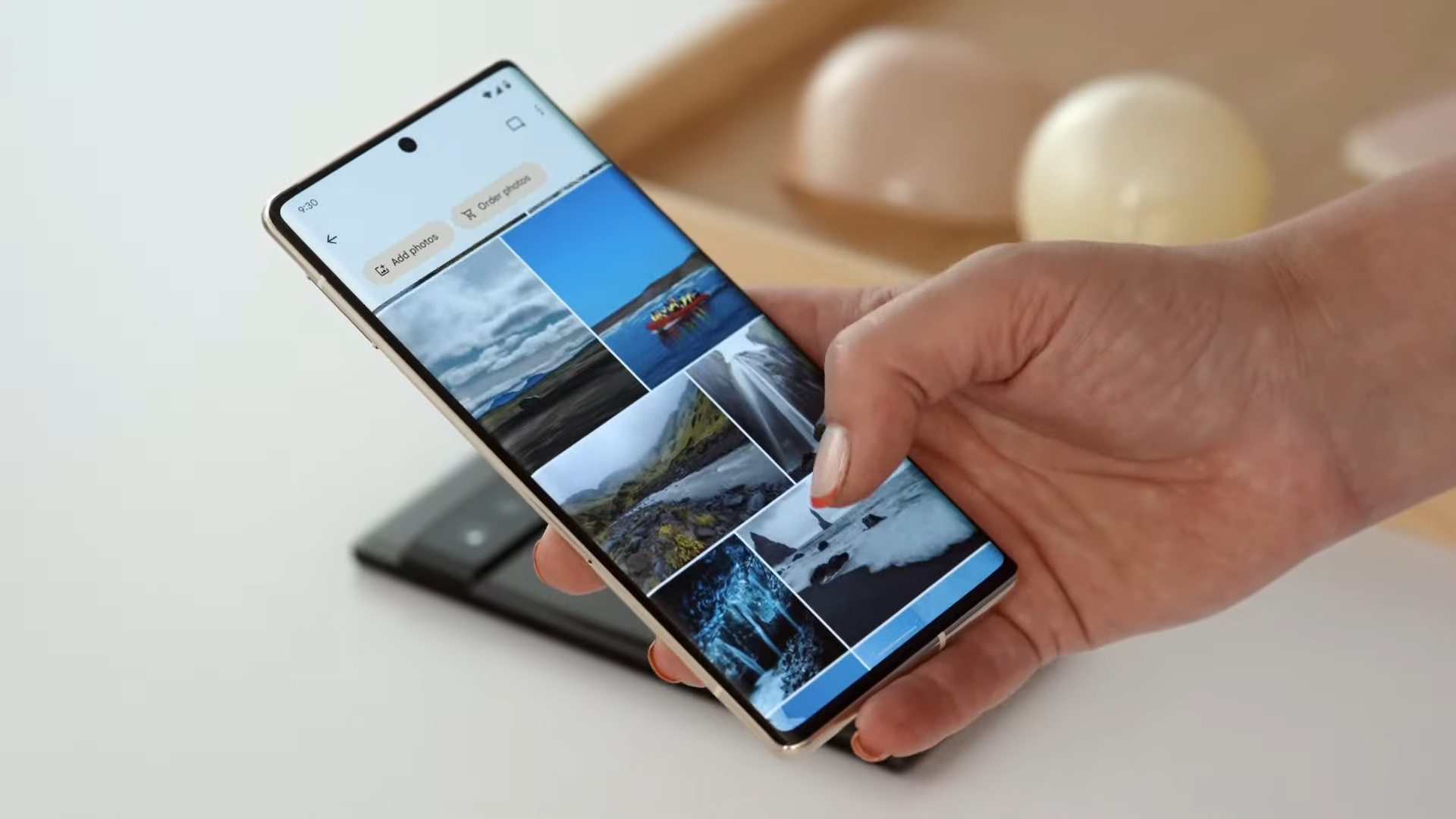Google says it's serious about phones again. Should you trust it?
Google has returned to the flagship phone market with its new Pixel 6 but should you trust its redefined strategy?

Google says it’s serious about winning over smartphone buyers again, and to prove it, it’s throwing everything but the kitchen sink for its latest Pixel. The new Pixel 6 and Pixel 6 Pro are the company’s first true flagships and unlike their predecessors, they have the hardware to go toe-to-toe with the highest-end phones out there from Samsung and Apple. But should you trust Google’s once-again redefined outlook for its phone lineup?
When Google introduced its first Pixel about five years ago, I was sold. The idea of a premium phone from not a third party like Samsung but from the same company that develops Android sounded perfect. It was off to a positive start as well, racking in rave reviews across the board. Over the coming years, however, the Pixel’s momentum faltered. The kind of early hardware issues I originally faced were still around years later on my third Pixel. Google is notorious for not sticking to its plans, and the Pixel, unfortunately, had become the latest victim of that -- ultimately forcing me to replace it with an iPhone.
- Pixel 6 and Pixel 6 Pro unleashed — Welcome to a new era for Google phones
- Pixel 6 and Pixel 6 Pro: our advice on which phone to buy
- Pixel 6 vs Galaxy S21: which should you buy?
What followed was a mishmash of a hardware strategy. Instead of refining its existing products, for the Pixel 4, Google shifted focus to more ambitious features, such as facial unlock and a higher refresh rate. But at a starting price of $799, it failed to nail the essentials like battery life. The Pixel 5 represented another pivot in direction. It ditched the flashy hardware, added back the rear fingerprint sensor, and dropped the price to $699. That didn’t last long either and, in a couple of months, the Pixel 5 was discontinued.
Now, the Pixel 6 marks Google’s return to the flagship space but it’s also a stark reminder of how volatile the company’s hardware strategy has been.
The only constant in this was Google’s mid-range A series phones, which helped the search engine giant outsell OnePlus. But after five years and more than half a dozen phones later, Google sold only 22 million units in total -- 0.3% of the 6.6 billion smartphones shipped between the first Pixel launch and today. In comparison, Apple and Samsung ship 70-80 million phones every three months.
The Pixel phones aren’t the only ones that have suffered from Google’s tendency to prematurely switch courses. Google abandoned its high-end Pixelbook and when it did launch a new Chromebook, it was a standard, mid-range laptop, which itself is currently long overdue for an upgrade. Similarly, the 2-in-1 Pixel Slate line of Chromebooks never got a second-gen refresh.
Google also took ages to build a successor to its Chromecast, losing crucial market share to competitors. Also, its two-year-old cloud gaming service, Stadia, doesn’t even show up in the company’s events anymore. Its smartwatch platform, Wear has struggled to take off despite multiple acquisitions and iterations. And it sunsetted its program to roll out affordable phones with clean software in emerging countries, Android One, after a couple of years. The list is endless.
Sign up to receive The Snapshot, a free special dispatch from Laptop Mag, in your inbox.
As a product owner, the most significant downside of living with such a precarious approach is after-sales support and the availability of spare parts. If a brand pulls a year-old device off the shelf, it will also soon quit manufacturing its components leaving owners in the lurch. In many cases, when customers’ Google products break, they were suggested to sell them on eBay even under warranty by the support center since the company had neither the spare parts nor any replacement units.
Google promises, however, this time’s going to be different. The reason? The new Pixel phones run on the company’s first in-house chip, Tensor.
Tensor, Google says, has enabled it to make the phones it has always envisioned. “These new phones redefine what it means to be a Pixel,” its hardware chief wrote in a blog post and the reason it had to take a step back in recent years is that they were waiting for this processor.
Apple has shipped phones with its own chips for ages and that vertical integration has allowed it to build products with unparalleled performance. Google’s hoping to replicate that success and, thanks to Tensor, it definitely has all the right ingredients for a true iPhone rival this time around. The company has pulled out all the stops to equip Pixel 6 with just about every feature you’d expect in an expensive phone, and it’s making all that available for hundreds of dollars less than the competition.
However, a giant asterisk hangs over the Pixel 6. Custom silicon should enable Google to offer the most cohesive balance of Android software and hardware but for Pixel 6, it’s only committing three years of feature updates -- the same timeline as its predecessors. Apple’s latest iOS update, on the other hand, is being rolled out to the seven-year-old iPhone 6S. Besides, Pixel phones were never considered slow. In fact, the clean software and regular updates enabled them to stay smooth for a longer period than most other Android flagships.
So what does the Pixel 6 do differently? The thing is, Pixel 6, in a lot of ways, is a first-gen product and it will have the kind of first-gen problems that have always plagued the long-term success of Pixel phones.
Google’s silicon can theoretically reach the same level as Apple's but it will take years. The question is if the Pixel even has that long to prove itself again? Can it stand the test of time and succeed before the higher-ups at Google decide to pull the plug and pivot?
As an Android buyer today, it’s probably best to wait a couple of years and watch where Google’s refreshed flagship phone strategy is headed before investing in it --- unless you don’t mind switching phones every one or two years, in which case, the Pixel 6 series look like an excellent value.
Shubham Agarwal is a freelance technology journalist from Ahmedabad, India. His work has previously appeared in Business Insider, Fast Company, HuffPost, and more. You can reach out to him on Twitter.




